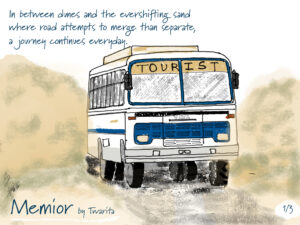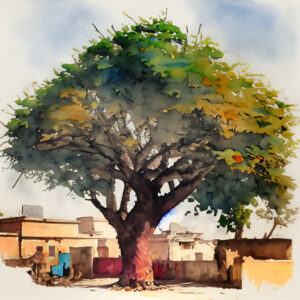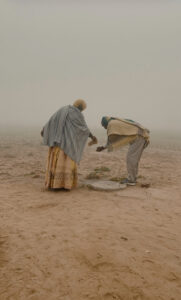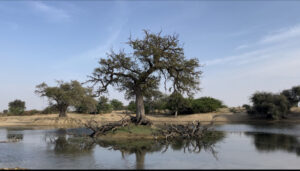I was in a hamlet, with 22 children. They were gathered in a courtyard painted with cow dung, near a house made of limestone collected by weathered hands, each stone carefully placed atop another though none of the stones of the same size yet standing on its own. The natural hues of white and grey adorned the stones. Just in front of the limestone house, a hut stood, its roof thatched with crop remnants tightly woven together. Surprisingly, the hut provided a much cooler refuge compared to the lime house.
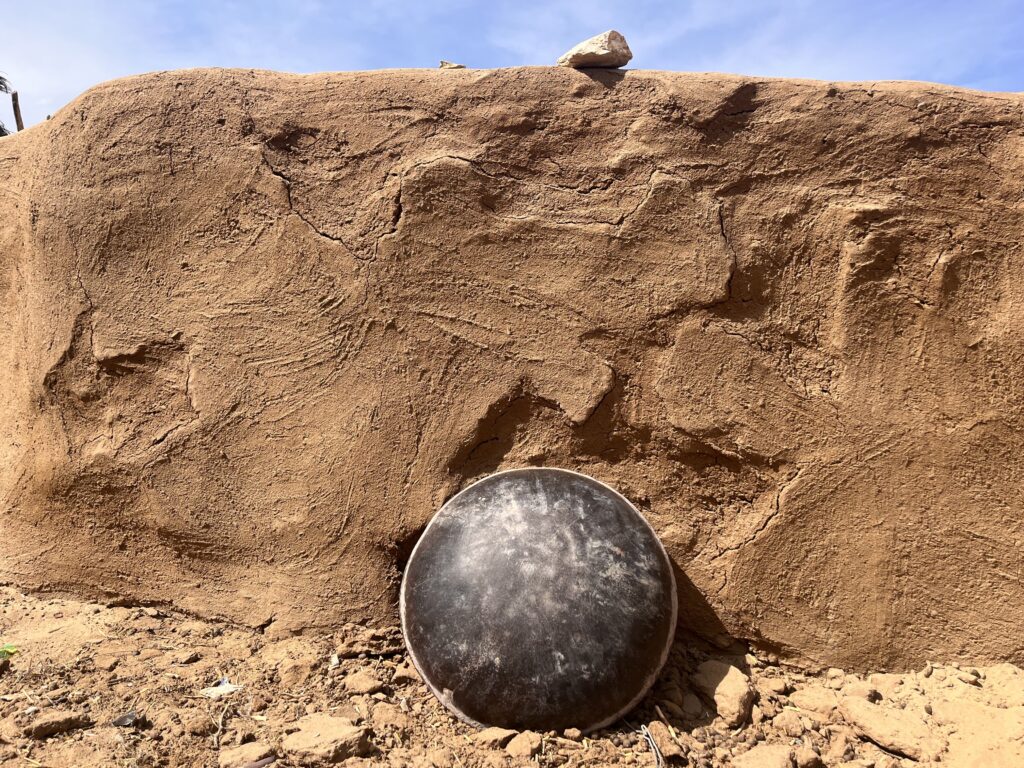
As I was standing there while five mature adults had been attempting for the past 10 minutes to organise the children into three straight lines. One of them believed it was a necessary step towards education and a way to determine if they attended school or have started their education. I offered a smile, in the reply. Yet, deep within, questions surfaced, and my mind became a whirlwind of contemplation, a storm that persisted for the next two days and, perhaps, even as I pen these words.
In this land, where houses are in the form of cylinders and their boundaries are formed by thorns and slender branches, a unique pattern emerges. People gather in circles during the evening hours, and the hamlets themselves resist being in a geometrical pattern instead built embracing the natural order. In such an environment, how could we expect children or anyone else to conform to rigid lines?


Now, don’t get me wrong; it’s not that I have an aversion to corners or strict geometrical figures. I simply feel that they confine us, unlike Earth, which is round rather a sphere.
And the houses here share a similar principle. Of course, they hold their own meaning and serve a logical purpose! However, I must admit, I haven’t asked anyone about it or engaged in discussions. I can only assume that their design, with its lack of strict corners, allows for the flow of heat and air from all directions. After all, wouldn’t sharp edges hinder the addition of anything, like the ends of a puzzle that don’t fit together? And break because of its limit.
Earth is fluid, capable of rolling, rotating, and expanding limitlessly. It isn’t restricted like the pages of a ruled notebook, where no space remains for another word. It’s infinite, akin to the concept of zero—without an end or a beginning.
Why must children, or even all of us, conform to patterns defined by circles or squares in rigid geometric shapes? I don’t mean to debate; these are simply the thoughts that have followed me, ever since my encounter with the hamlet and its inhabitants.
Previous
Next


